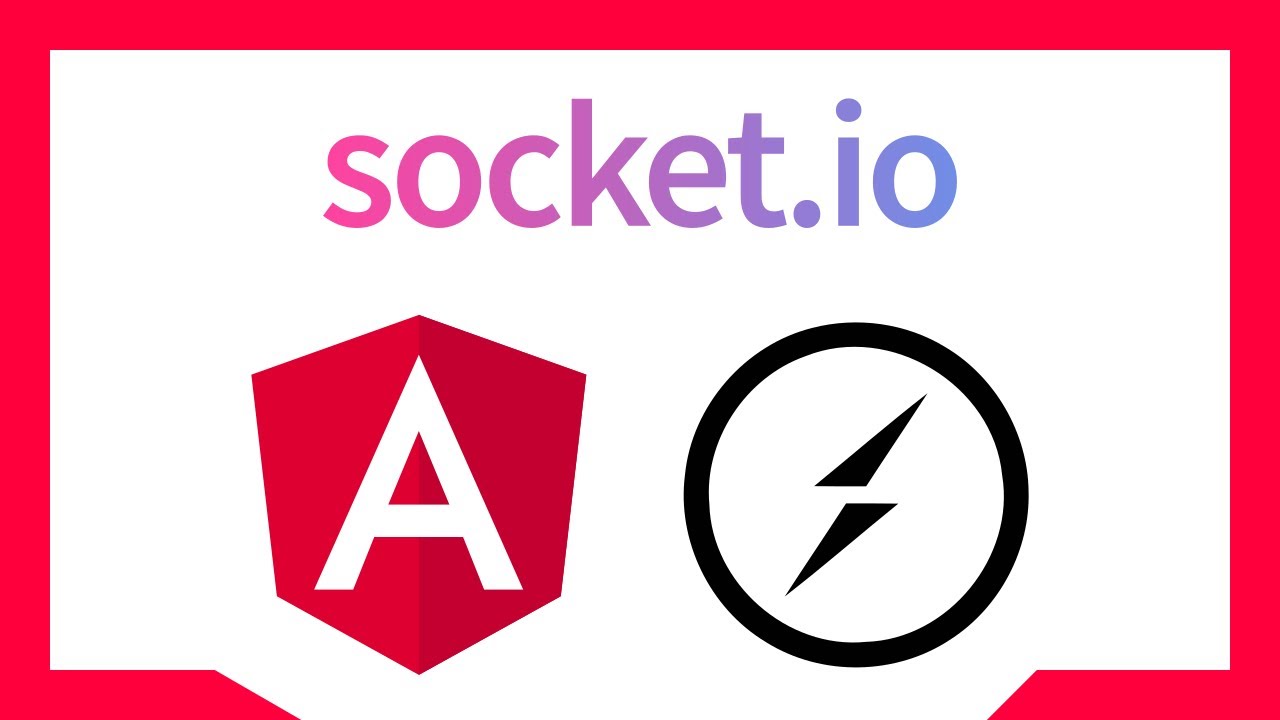Creating a chat application using Angular 17 and Socket.IO involves several steps, including setting up an Angular project, integrating Socket.IO, and building the frontend and backend for real-time communication. Here’s a simplified outline to guide you through the process:
1. Set Up Angular Project
First, you need to set up your Angular project. Assuming you have Node.js and npm installed, you can use the Angular CLI.
npm install -g @angular/cli ng new chat-app cd chat-app
2. Install Socket.IO
You’ll need to install Socket.IO for both the client (Angular) and server (Node.js).
- For the Angular client:
npm install socket.io-client
- For the Node.js server:
npm install socket.io express
3. Create the Node.js Server
Create a simple Express server with Socket.IO integrated.
- Create a new file for your server, e.g.,
server.js. - Set up the server:
const express = require('express');
const http = require('http');
const socketIo = require('socket.io');
const app = express();
const server = http.createServer(app);
const io = socketIo(server);
io.on('connection', (socket) => {
console.log('New client connected');
socket.on('disconnect', () => {
console.log('Client disconnected');
});
socket.on('message', (message) => {
io.emit('message', message);
});
});
server.listen(3000, () => {
console.log('Listening on port 3000');
});
4. Set Up the Angular Service for Socket.IO
Create a service in Angular to handle Socket.IO communications.
- Generate a new service:
ng generate service chat
- In your
chat.service.ts, set up methods to connect to the server, send messages, and listen for incoming messages.
import { Injectable } from '@angular/core';
import * as io from 'socket.io-client';
import { Observable } from 'rxjs';
@Injectable({
providedIn: 'root'
})
export class ChatService {
private socket = io('http://localhost:3000');
sendMessage(message: string): void {
this.socket.emit('message', message);
}
getMessages(): Observable<string> {
return new Observable((observer) => {
this.socket.on('message', (message) => {
observer.next(message);
});
});
}
}
5. Build the Chat Interface
Create the chat components in Angular.
- Generate a new component:
ng generate component chat
- Implement the chat interface in
chat.component.htmland use theChatServiceto send and receive messages inchat.component.ts.
6. Run the Application
- Start the Node.js server:
node server.js
- Serve the Angular application:
ng serve
7. Test the Application
Open the application in multiple browsers or tabs and test the real-time chat functionality.
Additional Tips
- Ensure CORS issues are handled if your client and server are on different domains.
- Implement additional features like user authentication, typing indicators, and message history.
This outline provides a basic framework. You might need to adjust the code and configurations based on your specific requirements and Angular version nuances.

How to implement the chat interface in chat.component.html and use the ChatService to send and receive messages in chat.component.ts?
HI, using socket?
bro
I was asking this because step 5 states this but we didn’t know how. Solved it now though!
Another question, as soon as you open a few tabs with localhost in your browser next to each other, it gets super slow and when I try to reload the tabs a few times the socket crashes? But I’m not sure it looks like it’s the internal angular socket? It’s all a bit confusing tbh.
Okay I will update you on that.
we wait to complete;
Think for sharing…